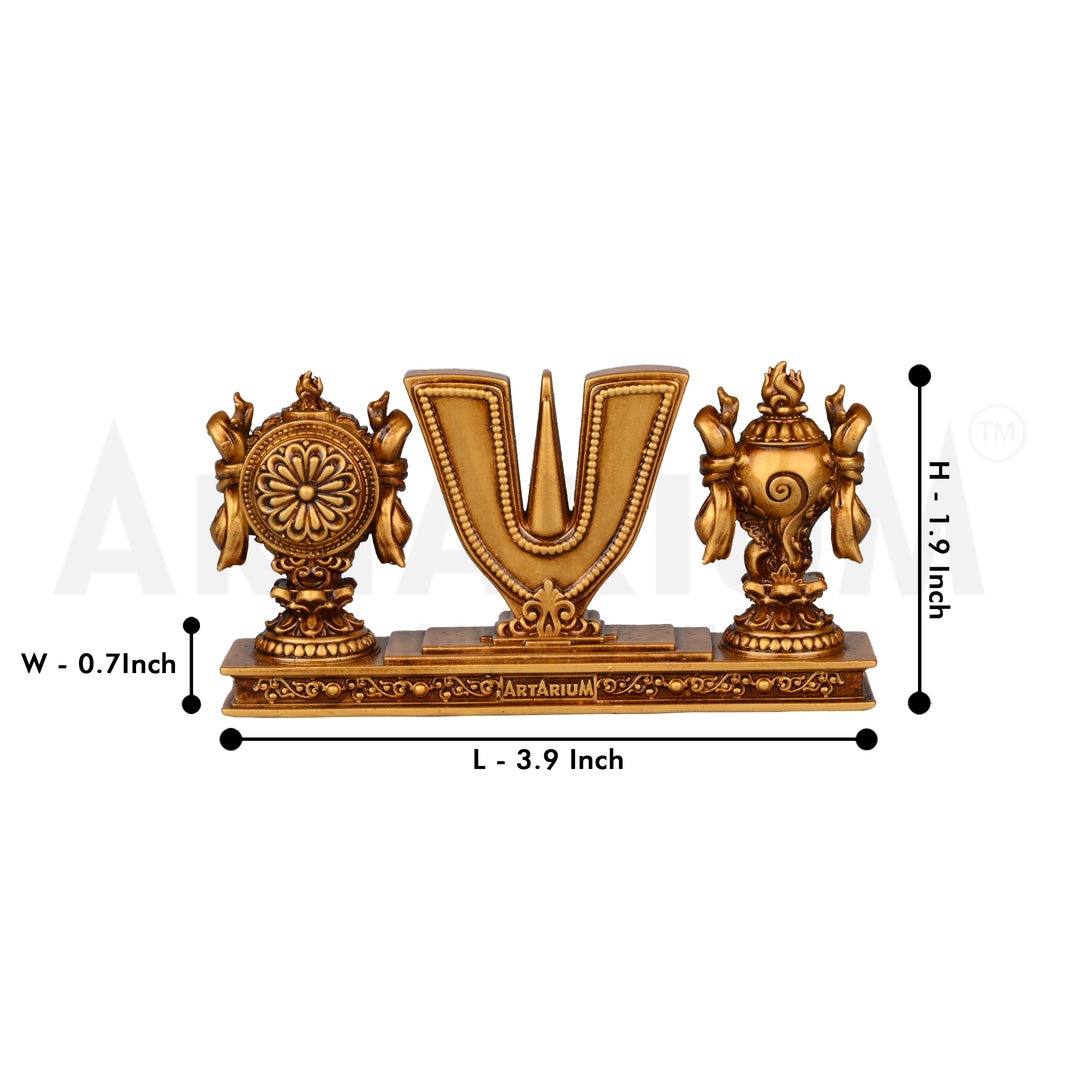Introduction:
In the vast tapestry of Hinduism, rituals and symbols serve as profound expressions of devotion and spiritual connection. Among these sacred symbols, the Vaishnav Tilak holds a special place, revered by followers of the Vaishnavite tradition. Known for its intricate patterns and deep symbolism, the Vaishnav Tilak is more than just a mark on the forehead; it is a visual representation of one’s dedication to the divine. In this article, we explore the artistry and spiritual significance of the Vaishnav Tilak, delving into its origins, symbolism, and cultural impact.
Origins and Evolution: The tradition of wearing Tilak traces its roots back to ancient Hindu scriptures and rituals. In the Vaishnavite tradition, the Tilak holds particular significance as a mark of devotion to Lord Vishnu and his various incarnations, including Lord Krishna and Lord Rama. Over the centuries, the practice of adorning the forehead with Tilak has evolved, with different Vaishnavite sects developing their unique styles and interpretations of the sacred mark.
Symbolism and Spiritual Significance: At its core, the Vaishnav Tilak symbolizes the devotee’s spiritual journey towards enlightenment and union with the divine. The vertical lines drawn on the forehead represent the path of Bhakti, or devotion, leading towards the divine. Each line signifies a different aspect of the spiritual journey, such as purity, love, and surrender to the divine will.
The central line, often adorned with a dot or crescent-shaped mark, symbolizes the third eye or the seat of higher consciousness. It serves as a reminder for devotees to cultivate spiritual insight and perceive the divine presence in all aspects of life. The colors used in the Tilak also carry symbolic significance, with white representing purity and red symbolizing love and devotion.
Artistry and Ritual: The application of the Vaishnav Tilak is not merely a ritualistic practice; it is an art form passed down through generations. Skilled artisans meticulously craft the Tilak using natural materials such as clay, sandalwood paste, or sacred ash. The patterns and designs vary among different Vaishnavite sects, with each sect having its unique style of Tilak.
The process of applying the Tilak is accompanied by prayers and mantras, imbuing the ritual with a sense of sanctity and reverence. Devotees often perform the Tilak ceremony before engaging in daily worship or attending religious gatherings, symbolizing their readiness to connect with the divine.
Cultural and Social Impact: Beyond its spiritual significance, the Vaishnav Tilak plays a crucial role in fostering a sense of community and belonging among devotees. By wearing the Tilak, individuals publicly affirm their allegiance to the Vaishnavite tradition and express their devotion to Lord Vishnu and his avatars. The Tilak serves as a visible marker of one’s religious identity, forging bonds of kinship and camaraderie within the Vaishnavite community.
In addition to its cultural significance, the Vaishnav Tilak also serves as a symbol of resistance and resilience in the face of adversity. Throughout history, devotees have proudly worn the Tilak despite facing persecution and discrimination, demonstrating their unwavering faith and commitment to their spiritual beliefs.
Conclusion:
The Vaishnav Tilak is not merely a symbol; it is a testament to the enduring legacy of devotion and spirituality within the Vaishnavite tradition. Through its intricate artistry and profound symbolism, the Tilak serves as a visual reminder of the devotee’s unwavering commitment to the divine path. As devotees continue to adorn their foreheads with the sacred mark, they honor the timeless teachings of Lord Vishnu and embody the spirit of devotion that has defined the Vaishnavite tradition for centuries.
